LONDON — A four-day tour for the last of Britain’s 125-mph diesel “Intercity 125” or “High Speed Train (HST)” equipment has begun. A farewell four-day tour began Wednesday and continues through Saturday, Dec. 21, after which the trains will be removed from service on the London-Edinburgh-Aberdeen “East Coast” route.
The farewell trips sold out within hours of being announced in late November.
The trains were introduced to the route in 1978-79 but have now been completely replaced by new Hitachi-built, 125-mph dual mode (electric and diesel) multiple units. Other British rail operators will retain some HST equipment — some of the East Coast trains will switch to the slower Midland Main line (London-Sheffield) in January, to be used until new equipment (again from Hitachi) is built — but it will no longer be used at 125 mph.
The distinctive HST design will be around well in to the 2020s as two batches of modernized, shorter four-car sets will be used for regional rail services in Scotland and Western England for several years, although operation at over 100 mph will be rare.
World’s fastest diesel
In 1970 British Rail decided to build a 125-mph prototype diesel-powered HST, with diesel locomotives at each end of the train. It began trials in 1973 and production trains formed of between seven and eight cars were soon ordered. The first HSTs were introduced by British Rail on the Great Western route from London Paddington in 1976; they worked this route routinely operating at 125-mph until June 2019, when they were also replaced by dual-mode Hitachi multiple units.
HST deliveries lasted until 1982, with the East Coast route getting the new trains beginning in 1978. By the time production wrapped up, 197 power-car locomotives and 848 Mark 3 cars to go between them had been built. Each locomotive was built with a 2,250-hp Paxman Valenta 12R200L engine, giving 4,500 hp per train. Over the next 40-plus years, all the power cars were rebuilt with new engines, most receiving the MTU 16V4000.
The British HST holds the world diesel rail speed record of 148 mph, set on Nov. 1, 1987. An export version was built under license in Australia; those XPT trainsets are still in use although they, too, will soon be replaced.





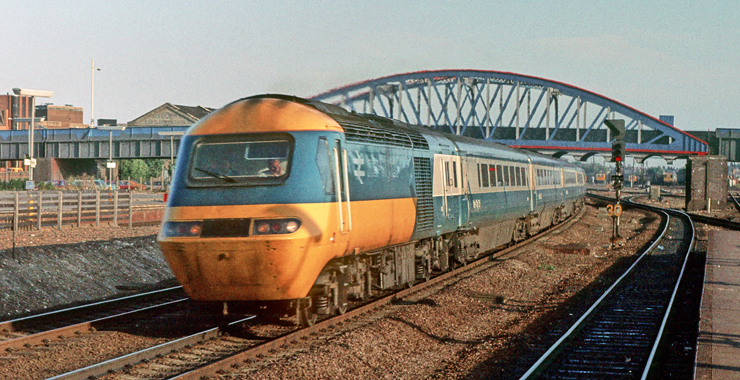
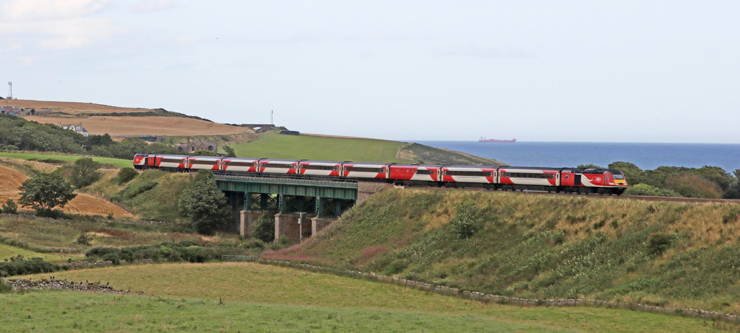

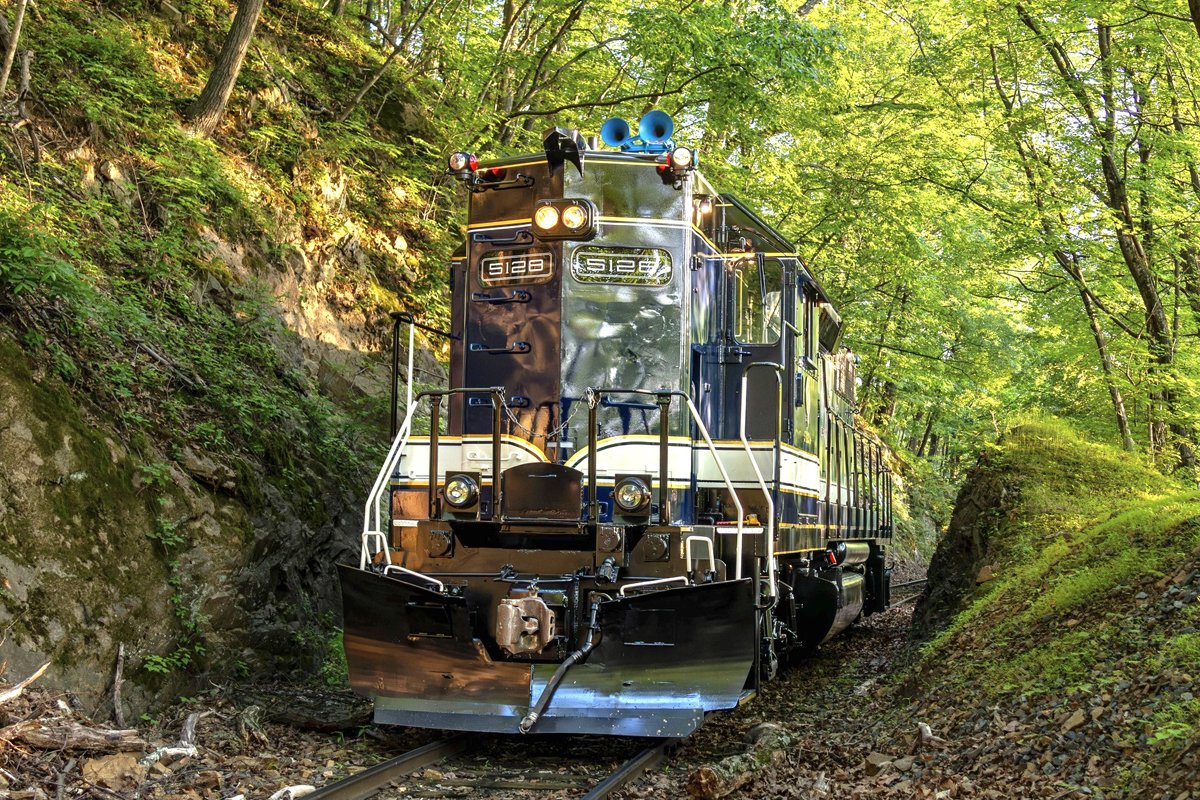

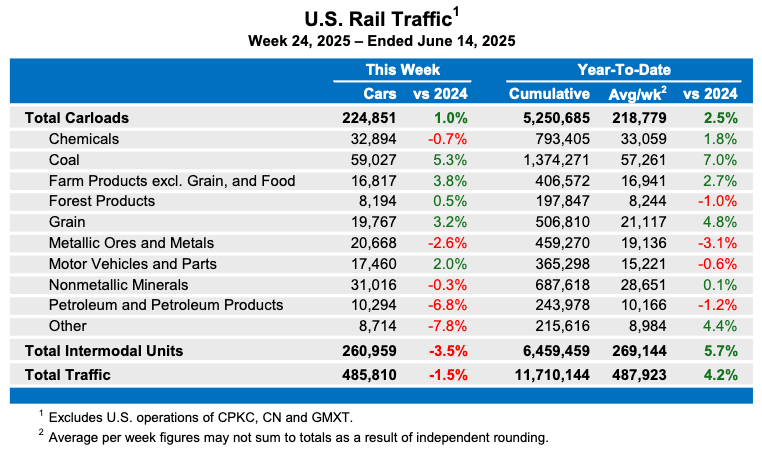
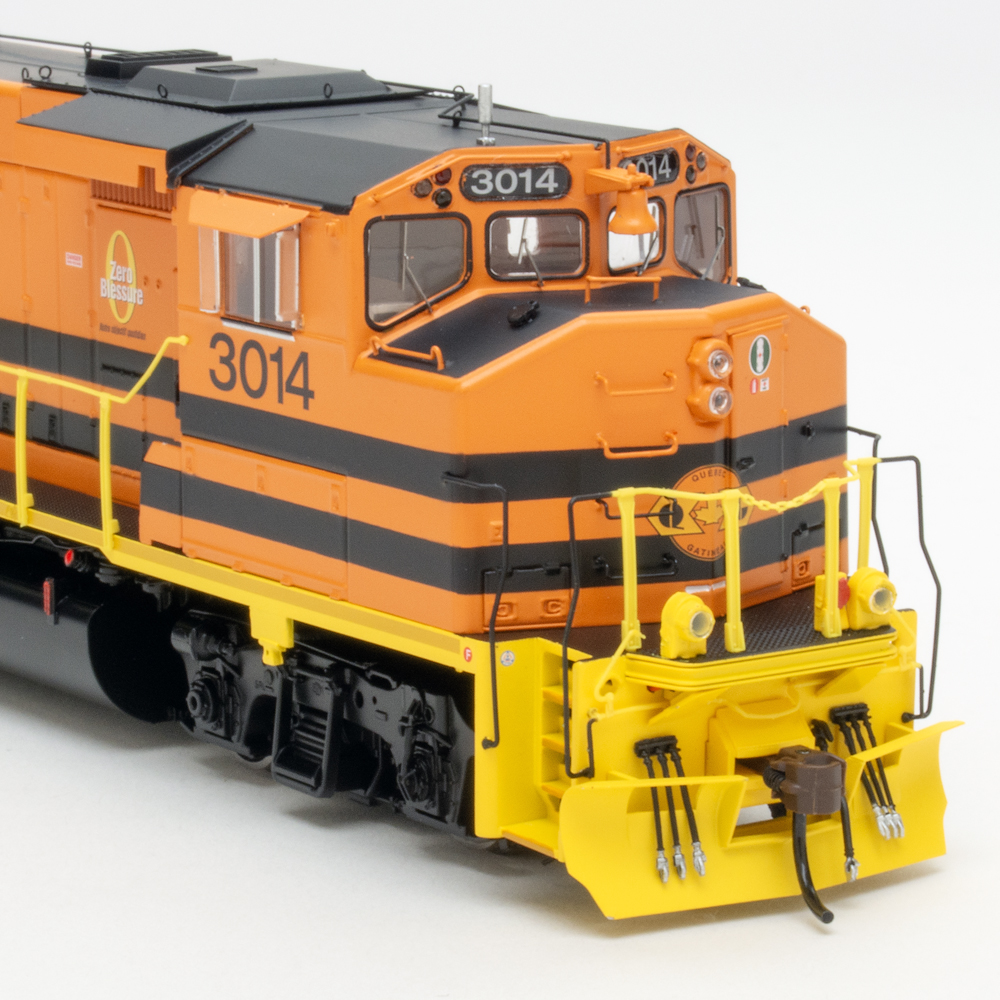




BR did a fine job with HST. In July 1977 I rode the Flying Scot RT Kings Cross-Edinburgh 400 miles in 5 hours. Fast, smooth, good diner; big cheer in it northbound crossing into the “auld sod.” Rode Virgin Glasgow-London 4 decades later.
I had a wonderful opportunity for a cab ride in an HST on 15 Feb 1982 – London to Newcastle and return. Wonderful trip and very hospitable engine drivers. It was like being in the cockpit of a fighter jet when these trains passed at 125 mph – nothing but a blur! Thank you British Rail for a great trip!
I guess I can feel old now. I went to London in summer 1975 to attend the Engineering Conference for the 150th Anniversary of the first public railway. They mistook me for someone important and I was able to ride up to Derby on the prototype HST. In the first class car with about ten others, I was offered alcoholic drinks for free in the morning, which I accepted but probably won’t do that again…. That train was light grey with a blue window band and looked very modern, more so than the production trains. At Derby, 43002, the first production power car was on display. It looked like the 1980s photo above except that the blue stripe on the front of the power car above the yellow was black, as far as the lower yellow stripe. In fact a commemorative stamp was issued showing the black stripe. By the time the first trains ran, the stripe was blue…
MIKE and OTHERS – “Liberal” has in the past had a different meaning in continental Europe than in USA. Whatever the label Thatcher and Reagan were what they were.
never knew about this and they had fastest diesel in world. I would have thought Japan or France TGV would have, but maybe they are electric and not considered a diesel.
Having ridden many times behind the HST on Great Western service and the Edinburg route they were certainly very comfortable and smooth. This past spring rode behind the new replacement and found them rough and not quite up to standard. The HST’s will be missed!!
Neither Reagan nor Thatcher were neoliberals. Try a different epithet. I think very little of either of them, but neoliberal means Bill Clinton or Tony Blair.
I never thought of Thatcher or Reagan as “neoliberal” that is a new one for me. As for the US and England ceeding the development of passenger rail there is no doubt in my mind that this is true.
I had my one and only opportunity to ride an HST on the LNER last March. Sadly, one of the power units experienced a failure before we left King’s Cross so I didn’t get to experience a full speed run. I didn’t realize that their days were numbered and I am glad now I had the chance to ride. The train did offer a very smooth ride, but in Newcastle they wyed the train in order to position the failed power unit for repairs in Edinburgh. The last portion of the trip I was facing rearwards which unfortunately did not sit well with my gut (the issue is my own, not the trains.)
Back in the day the UK and USA were leaders in the development of ril passenger equipment and technology. Both have become pathetic laggards in this regard. That is a commentary on the Raegan-Thatcher neoliberal economic model that dominates both countries which created today’s financialized “industry” that looks no further than juicing the next quarter’s earning or the sugar high of stock price to value the options granted to executives.